Azalea is a perennial, evergreen, flowering shrub of the Vereskov family. You can also find the name rhododendron as a synonym, which is not entirely correct, since azaleas are just a subgenus of this large genus. But in gardening they use both names. The lushly blooming indoor azalea flower will take root at home only if you know how to care for an exotic beauty.
Content
Azalea flower characterization and species diversity
There are more than 600 species of azaleas in nature, but only a few varieties are used in garden and indoor breeding. The plant gained popularity due to its lush flowering in winter, when most flowering plants are in a dormant period. For home breeding, two species are adapted, on the basis of which other varieties are already bred - this is Japanese and Indian azalea.
Azalea Japanese
This variety is not so often found in indoor floriculture, but it is one of the most beautiful. Shapes, sizes and colors depend on the variety. The color is very bright, from deep white to bright red. Flowering is so magnificent that with proper formation behind the buds, thin shoots are not visible.
Leaflets grow up to 3 cm, have a green color and a glossy finish. The aroma is pronounced. Depending on the variety, these flowers can be frost-resistant, heat-loving and bloom at different times. This species is very popular in gardening and in the art of bonsai.
Azalea indian
This species gave rise to almost all indoor hybrids. In nature, it grows in a very humid climate, which should be taken into account, creating comfortable conditions for growth. All Indian varieties combine characteristics:
- woody trunk;
- funnel-shaped corollas;
- fleshy, elongated, bright green leaves.
But the shades of buds are the most diverse: plain, two-tone, with fringe, terry. The flowering period also depends on the selected variety and may occur from December to April. Not afraid of low and high temperatures, can adapt to the climate in the apartment, but not to the hot, dry air from radiators.
Home Azalea Care
In order for the indoor flower to be not only beautiful, but also abundantly blooming, it needs special care. Compliance with the basic rules will provide good growth and abundant flowering.
Lighting
This is a photophilous plant, however, southern unshaded windows are dangerous burns of a leaf plate. Although placement on this side in winter is more advantageous in terms of the amount of light. The arrangement of the pot on the east side of the house is well suited. To protect from direct sunlight in the summer, you can use shading with a tinting film or other materials that are not too dark.
In winter, daylight hours are not enough to meet the needs of the flower, so it is advisable to use additional lighting. Special phytolamps are well suited for these purposes, but their light is unnatural and poorly tolerated by humans (with prolonged exposure, it can cause headaches).
Mirrored phytolamps are softer, but have a short life and can heat the leaves. The best illumination lamps, which are free from the drawbacks of the previous ones, today are Reflax arc sodium mirror lamps.The lamp life with 12 hours of daily illumination is 8 months. Choosing an artificial lighting device, you should take into account the area of the room and get acquainted with the characteristics of each option.
Temperature and humidity
Azalea can withstand quite high air temperatures, so in an apartment perfectly survives. But the optimum temperature for it is not higher than + 20 ° C. For azaleas, the wintering period is important when the temperature drops from 18 to 8 ° C. Under these conditions, bud formation occurs.
The flower is hygrophilous. Well, if an air humidifier is installed in the apartment, then additional manipulations will be superfluous. If there is no such equipment, then you can increase the humidity in the following ways:
- Wet gravel in the pan. Gravel is poured into the pan, poured with water, not completely covering the stones, a pot is placed on top. The drain hole in the pot should not touch the water, otherwise the roots will begin to rot. Add water every day and wash the gravel and sump once every two weeks.
- Water cups on the windowsill. To give this method greater decorativeness, you can use interior fountains.
- Irrigation. Up to 5 times a day. But only when there are no buds or flowers, otherwise they will rot.
- Wet gauze. During the flowering period, cover the flower, especially when the air temperature exceeds comfortable.
Watering and feeding
In watering, it is important to find a middle ground. Drying of an earthen coma should not be allowed, but flooding is very harmful. Moderate watering is suitable when the top layer of soil is allowed to dry slightly. Water should be soft. To do this, it is defended, boiled, filtered or softened with citric acid.
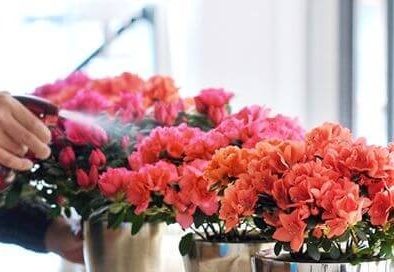
Azaleas can be fertilized all year round, except for the flowering period. In spring and summer, they feed 4 times a month, and in autumn and winter - 1 time. The choice of fertilizer depends on the period in which the flower is located. During the formation and active growth of shoots, as well as after flowering, nitrogen-containing fertilizers are used.
During the formation of buds, as well as to stimulate flowering, potassium and phosphorus-containing ones are chosen. It is better to use special complexes for azaleas. If universal ones are chosen, then you should definitely check that they do not contain chlorine.
Flowering Care
First of all, it is necessary to provide conditions for laying buds, and this is a temporary decrease in temperature. If you ignore this point, then flowering can not wait. The plant blooms once a year, in rare cases, with perfect care, it can re-release buds.
A flowering plant needs some care: soft water, moist air, bright diffused light and optimal temperature. Fertilizers are necessary only until the bud opening stage. Also, during the budding period, you need to remove all young shoots so that the azalea does not waste strength on them. No need to be afraid to move the pot during flowering for even illumination, the flower will perfectly tolerate a change in position.
Pruning and pinching
Cut and pinch the azalea immediately after flowering. This is done to decorate the lush bush, and to increase the number of buds that will be laid at the tips of the shoots. Until mid-summer, it is worthwhile to constantly pinch the growing shoots so that they throw out the lateral, and not grow up.
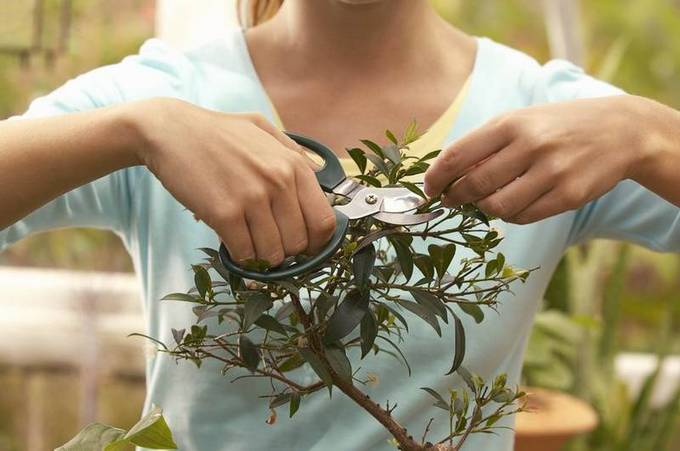
Pruning is less common and only for overgrown shoots, since the kidneys may not be laid for a long time at the cut point. Trimming should be carried out with a sterile sharp tool followed by processing of the cut site.
Winter preparations
In mid-autumn, partial pruning is performed to rejuvenate the plant. It helps strengthen the flower before winter and provides lush flowering.
Diseases and pests of the flower
Fungal infections can affect the azalea:
| Title | Visible manifestations | The drug for processing |
|---|---|---|
| Fusarium | The plant turns yellow and wilts, at the base you can see a pink coating | Fundazole solution 0.2% |
| Alternariosis | Brown spots of different sizes | Bordeaux fluid |
| Septoria | Red-yellow spots with a black center | Fungicides |
| Late blight | Rot spreading from the roots up the plant | Fitoverm + make the soil more breathable |
| Phyllosticosis | Spots of brown color or with a brown border, from which balls containing fungal spores fall | Fundazole 0.2% alternate with Topsin-M 0.15%. |
| Cercosporosis | Brown spots with a red rim | Fundazole alternate with Ditan |
Indoor azaleas are less likely to catch a parasite than garden ones, but you can get infected from brought greenhouse flowers.
It is important to start treatment immediately after the first symptoms of a pest attack are detected.
| Title | Visible manifestations | The drug for processing |
|---|---|---|
| Spider mite | Leaves discolor and fall off. If you look closely, you can see a thin web | Soap solution, Actellic |
| Khrushchik asian garden | Eats a leaf, leaving holes or only bare veins | Diazine |
| Grooved weevil | Destroys the roots, the plant fades sharply | Karbofos |
| Azalea Moth | Rolled leaves that later fall off | Sulfur |
| Rhododendron bug | Discolored spots, eggs laid on the back of the leaf plate | Diazine |
Propagation and transplantation of house azalea at home
Azalea can be propagated by cuttings, dividing the bush and seeds. The latter option is only suitable for experienced azalea breeders because of its complexity. The most suitable option for home breeding is cuttings. Following a simple algorithm, after two years it will be possible to see the flowering of the grown plants:
- After flowering, from late spring to late summer, semi-lignified cuttings of up to 8 cm are prepared.
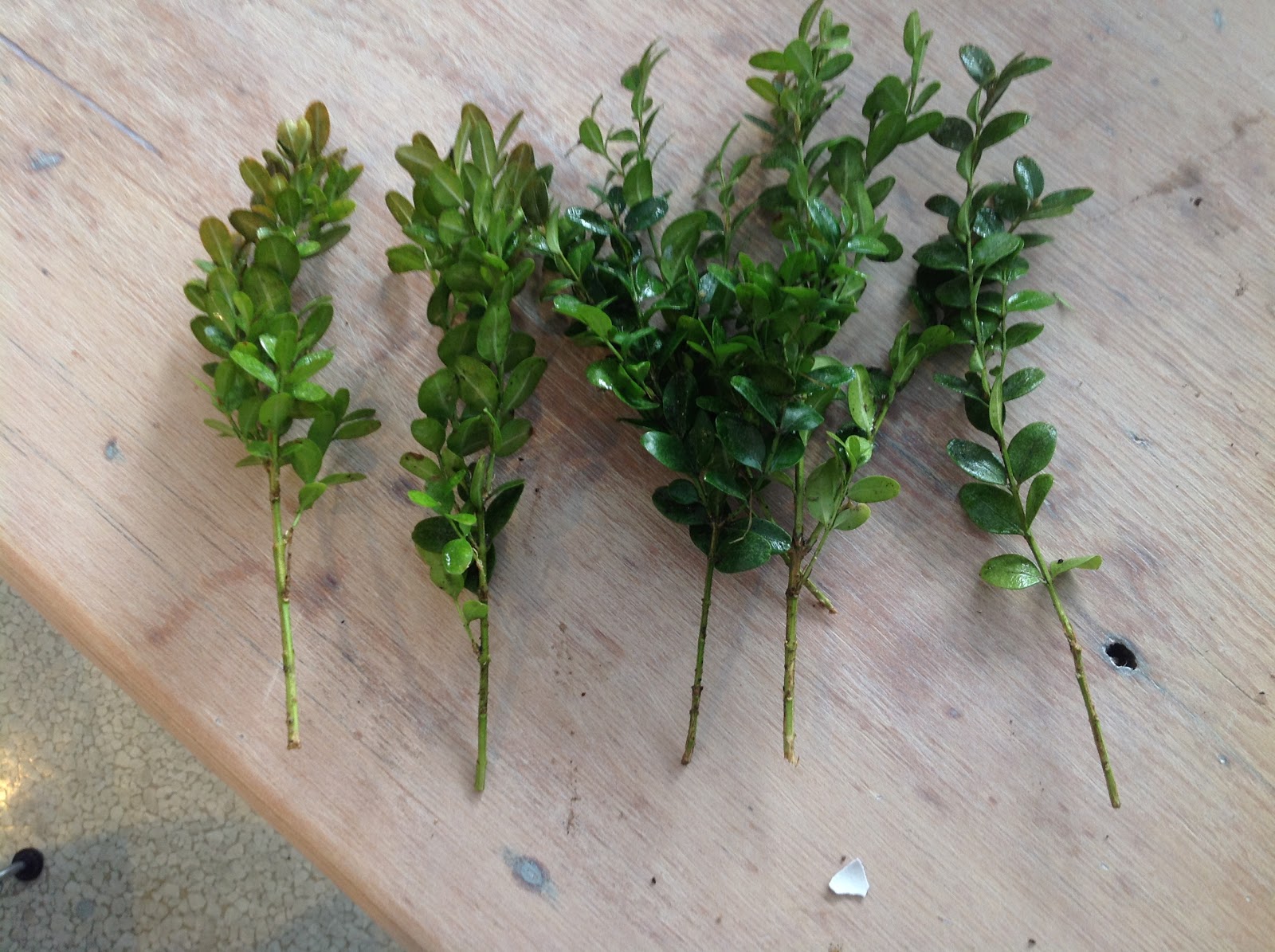
Cuttings - A cut of the handle is treated with root preparations, for example, Kornevin.
- Prepare an acidic substrate and vertically deepen the treated cuttings 2 cm into it.
- Make a greenhouse from a can or film, remove it every day for 20 minutes for ventilation, watering or irrigation.
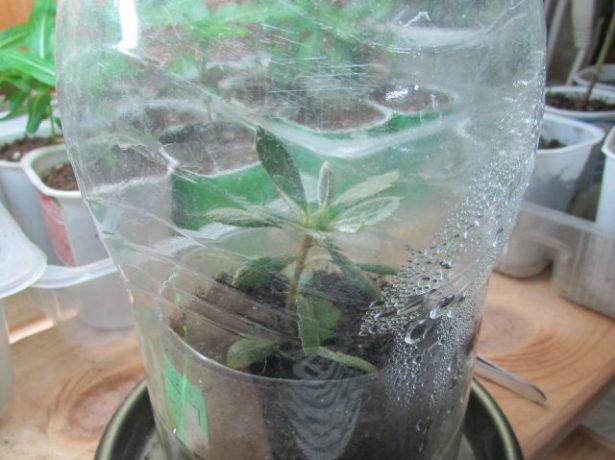
Greenhouse for cuttings - Rooting requires good lighting and an air temperature of 25 ° C.
- If all points are completed correctly, then rooting will occur in 1 month.
Reproduction by dividing the bush is suitable for flowers that are at least 4 years old. They are carefully divided into two independent plants and planted in pots. The procedure requires some experience, since the root is fragile and can be damaged in the process.
Transplanting azaleas is not difficult if you follow the rules:
- Prepare a basin with soft water. Dissolve a root growth stimulator in it.
- Carefully remove the azalea from the pot and immerse it in the water together with an earthen lump for 30 minutes.
- Prepare a soil mixture of pine bark, moss-sphagnum, vermiculite, sand (preferably river), charcoal and acidified earth.
- In a new pot, which should be 5 cm larger than the old, a drainage layer 3 cm high is laid.A layer of crushed pine bark, a layer of soil mixture, which is sprinkled with trichodermin to help the root system, is lined on top of the drainage.
- Carefully remove the plant from the water, wait until most of the water has drained, and transfer it to a new pot.
- Top up the soil, gently tamp.
- Pour with water remaining after soaking.
Common Growing Questions
Despite the fact that azalea is a rather capricious plant and pleases with flowering only if comfortable conditions are maintained, it is very popular among flower growers. All due to the fact that the lush flowering bush, a variety of shades and shapes create amazing decorativeness in the interior. And picking up varieties blooming at different times, you can enjoy the buds of the brightest representative of Rhododendron all winter.

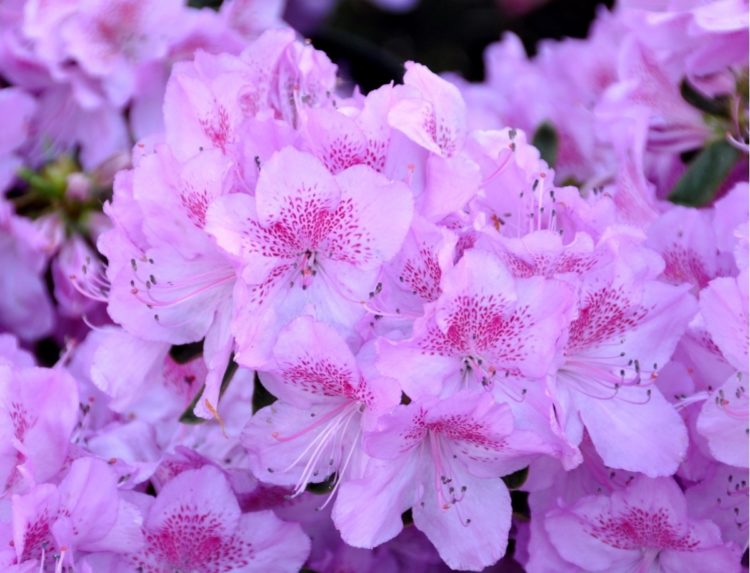
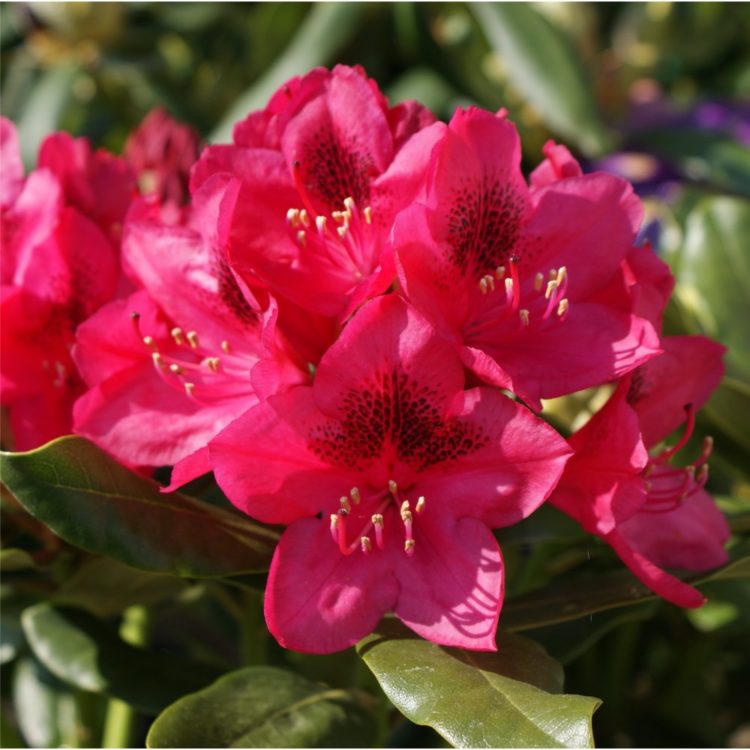
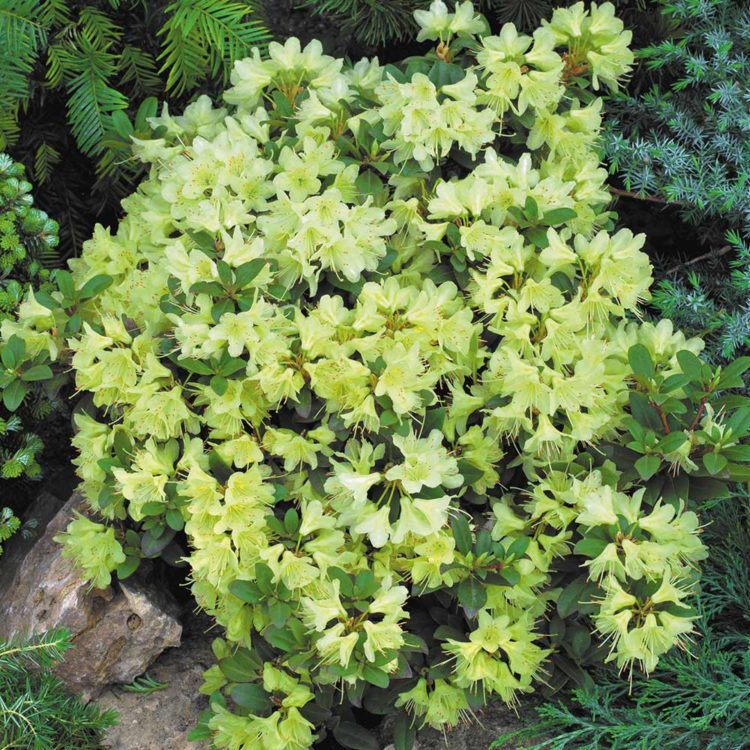
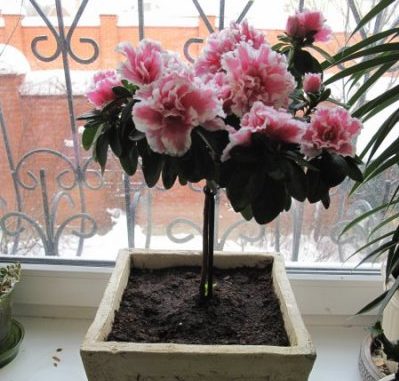
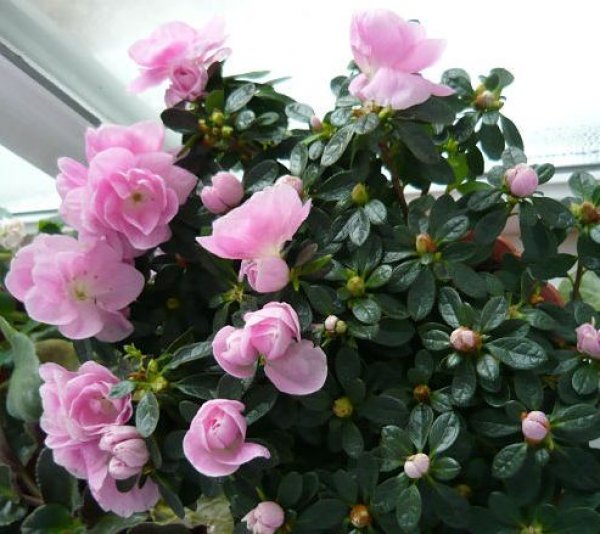
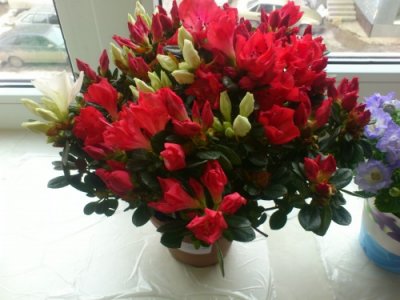
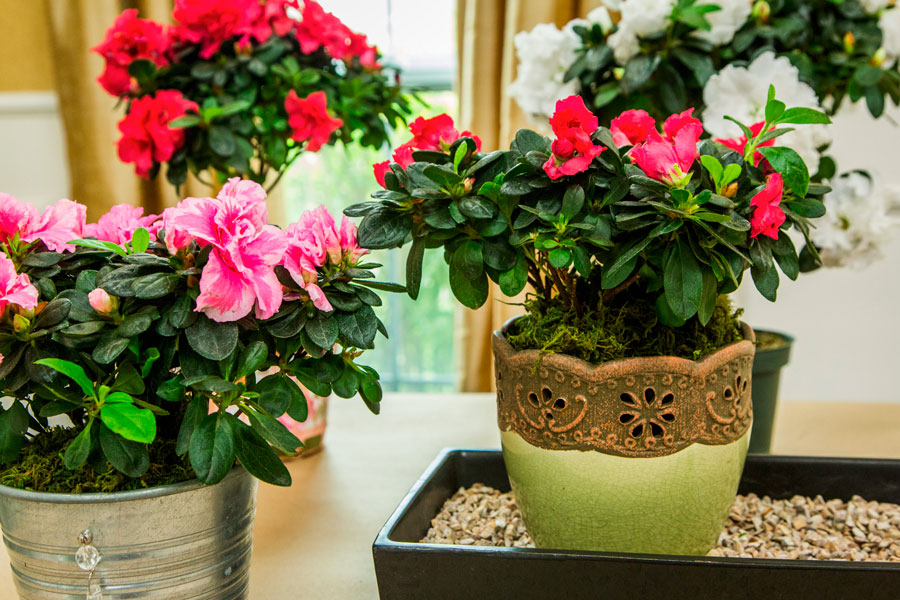
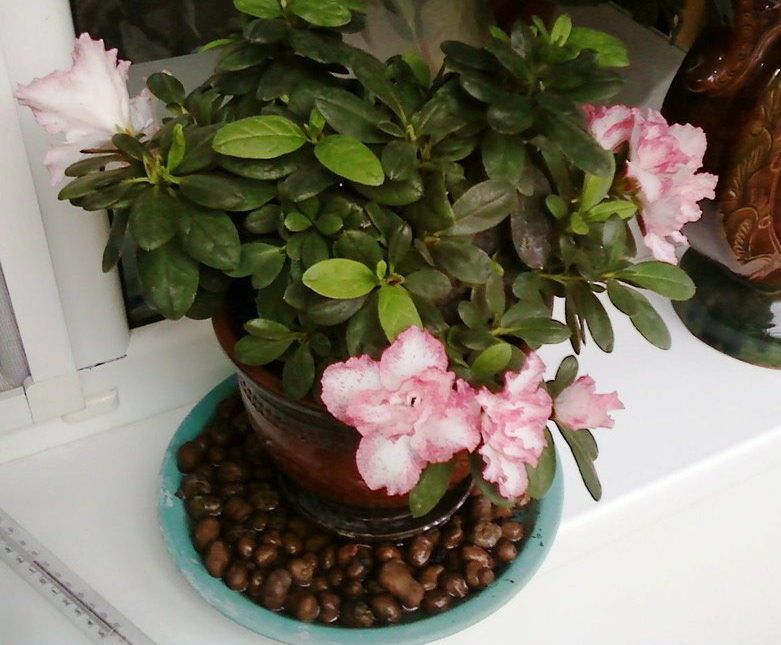



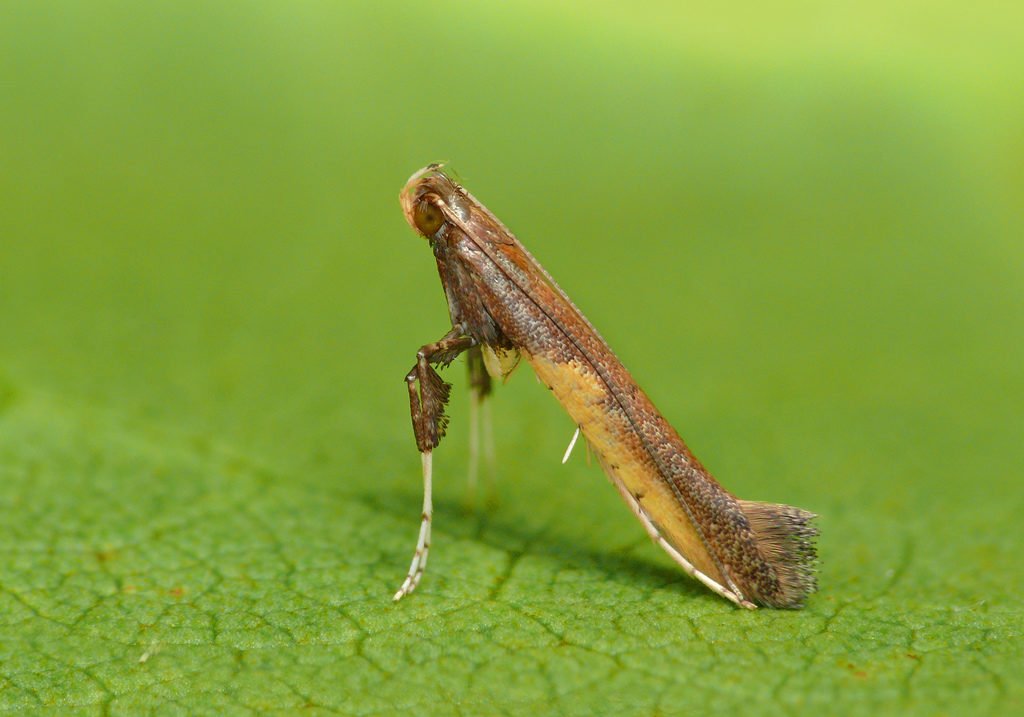
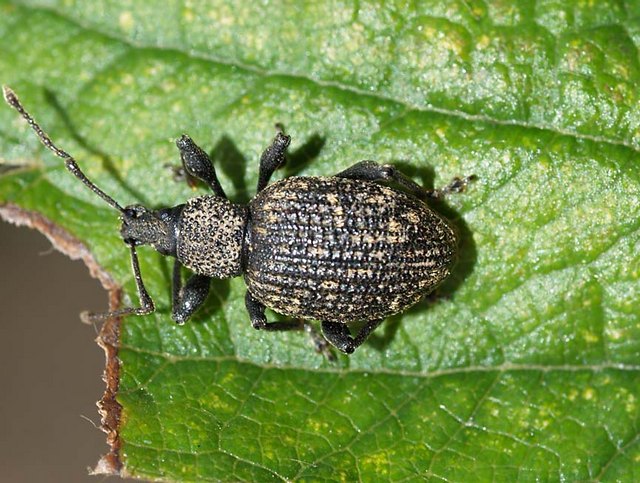
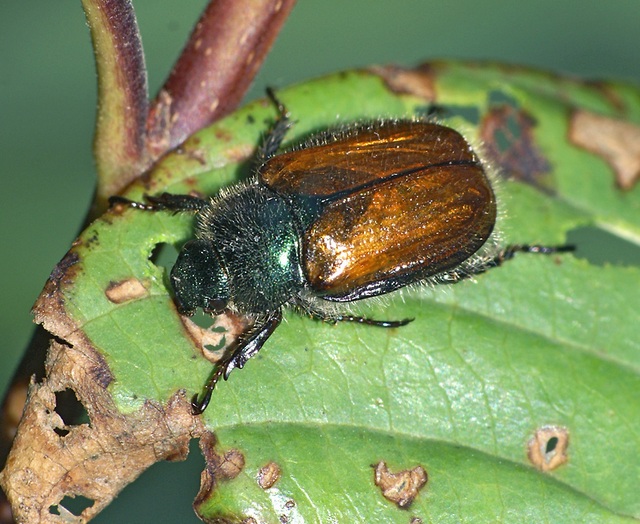
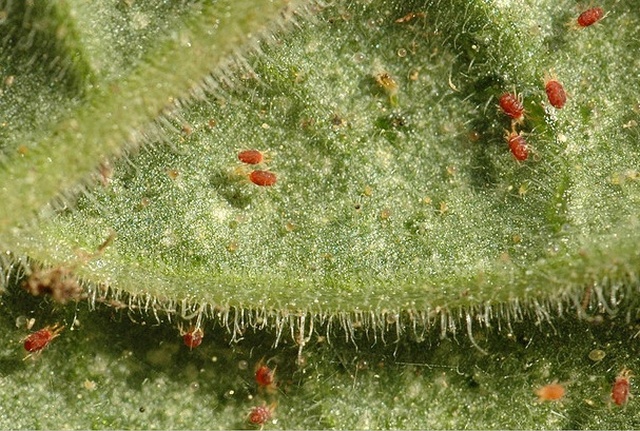
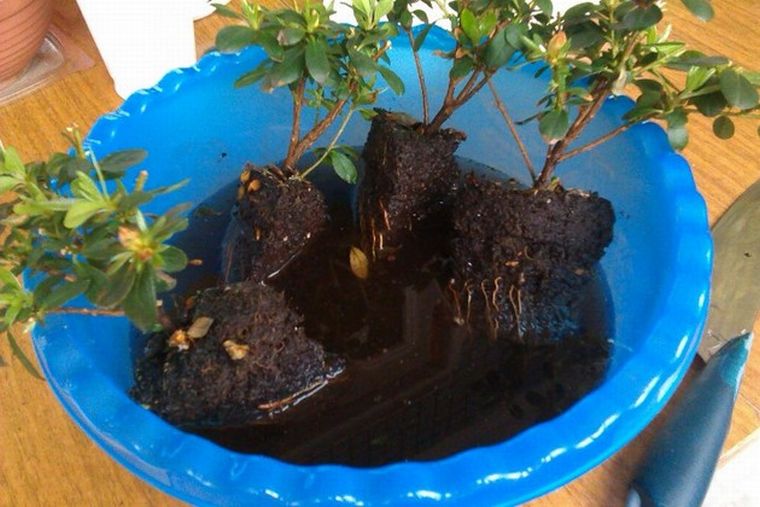
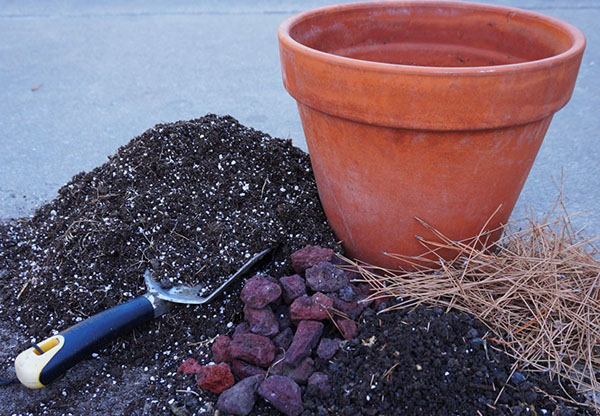
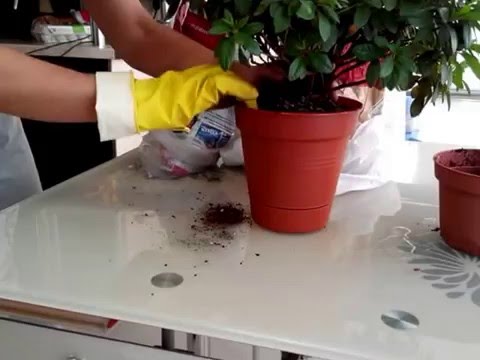
 10 beautiful annuals that bloom all summer
10 beautiful annuals that bloom all summer Sow in the ground, without seedlings: 10 beautiful and unpretentious flowers
Sow in the ground, without seedlings: 10 beautiful and unpretentious flowers Platicodon planting and outdoor care
Platicodon planting and outdoor care Hosta - planting and care in the open ground in the Urals
Hosta - planting and care in the open ground in the Urals